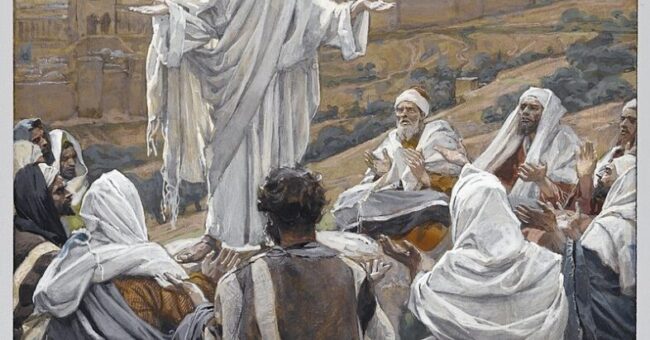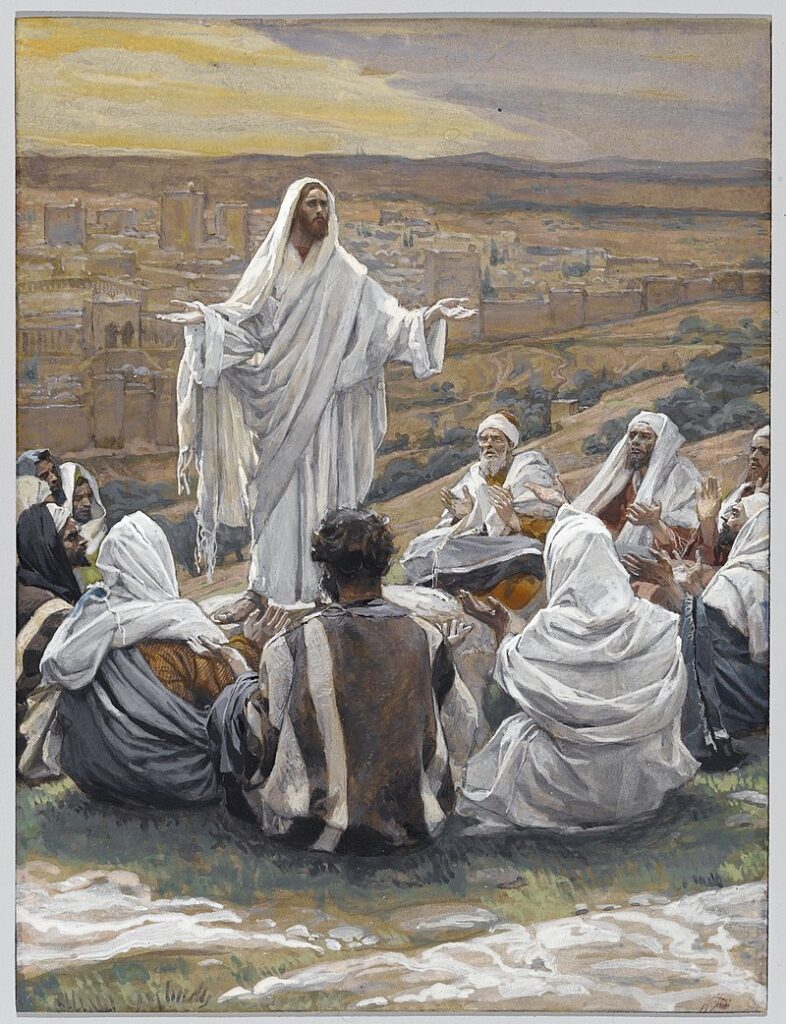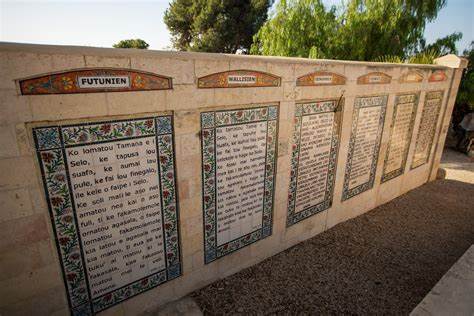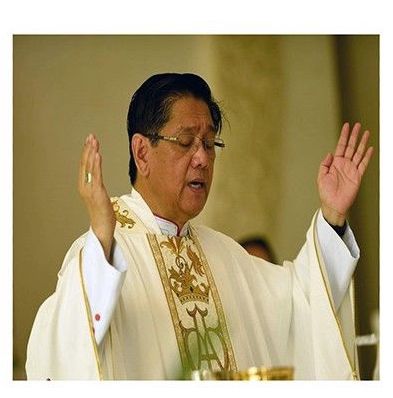

The Preeminent Prayer
The Our Father prayer is central to Christianity. During the Order of Christian Initiation of Adults (OCIA), formerly called RCIA, the candidates receive the Our Father at Mass in the fifth week of Lent. It is a precious gift Christians have prayed for two thousand years. When we pray it, we are united with Christians all over the world.
The Divine Origin

The Church of the Pater Noster (Latin for “Our Father) in Jerusalem traditionally stands on the site where Jesus gave us this prayer. On the church’s outside walls and along a cloister walk are 140 ceramic plaques each with the Our Father in a different language.
The Lord’s Prayer the way we pray it is found in the Gospel of Matthew (Matthew 6:9–13). Jesus says, “Pray this way.” The Gospel of Luke has a shorter version of the prayer (Luke 11:1–4). In Luke, the prayer is Jesus’s response when the disciples asked him to teach them how to pray like John the Baptist taught his disciples. I wonder what form of prayer John taught.
Our Father: The Composition
The prayer comprises seven petitions. The first three focus on glorifying God and the rest are pleas for help. St. Thomas Aquinas wrote that these petitions not only express everything we could ever desire, but they are in the sequence in which they should be desired.
The Catechism of the Catholic Church calls the Our Father the summary of the whole Gospel. (#2161) In the last section of this book the words of the prayer are explained in detail.
Do you remember praying this prayer in Latin? Singing it?
Pater noster, qui es in caelis, sanctificetur nomen tuum
adveniat regnum tuum fiat voluntas tua
sicut in caelo et in terra.
Panem nostrum quotidianum da nobis hodie
et dimitte nobis debita nostra sicut et nos dimittimus debitoribus nostris
et ne nos inducas in tentationem sed libera nos a malo. Amen.
At the end of the prayer, Protestants add: “For thine is the kingdom, the power, and the glory for and ever.” At a Catholic Mass, these words are said after the Our Father is prayed immediately after another short prayer.
Addressing the Father
It makes sense that Jesus’s prayer addresses the Father. He called God his Father 177 times in the Gospels. Since his Father is also our heavenly Father, we direct the Our Father prayer to him.
Saint André Bessette claimed that all earth is a thin space! God is incredibly always close to us no matter where we are. As this saint put it, “When you say the Our Father, God’s ear is next to your lips.” It’s thought-provoking that we don’t address God as almighty One or eternal God, but in the intimate term Father. Also, look at the pronoun: our. We acknowledge that all humankind is united as brothers and sisters.
When the Our Father Is Prayed
The Didache, the first Christian book of instruction from 80–90 A.D., says that the Our Father should be prayed three times a day. It adds to the prayer the words “for yours are the power and the glory forever.” Protestants and Eastern Orthodox conclude with similar doxologies.

You pray the Our Father at Mass when it marks the beginning of the Communion Rite. The rubrics call for the priest or bishop alone to raise his hands during the prayer. People have gotten into the habit of raising their hands too—an early Christian prayer position called orans. Some people hold hands, which is also meaningful. Liturgists frown on these innovations.
You also pray the Our Father six times when you pray the Rosary and once in the Divine Mercy chaplet. You might pray it throughout the day in the Divine Office (Liturgy of the Hours), which is the official prayer of the Church. You might also pray during your personal prayer in the morning and/or evening.
Praying the Our Father Profitably
St. Edmund said, “It is better to say one Our Father fervently and devoutly than a thousand with no devotion and full of distraction.” Since the Our Father is a rote prayer, it is easy to say it on autopilot. To deepen your spirituality, pray it slowly and reflectively. You might ponder each word before moving on. It’s said that a novice asked Saint Teresa of Avila “Mother, what shall I do to become a contemplative?” St. Teresa replied, “Say the Our Father, but take an hour to say it.”
By the way, St. Teresa discusses this prayer at length in her book The Way of Perfection.”

For centuries, as early as Gregorian chant, composers have set the Lord’s Prayer to music. Modern singers have sung the Lord’s Prayer, including Susan Boyle.
• How did you first learn the Our Father?
• Which petition is most meaningful to you?
• How do you fight distractions when you pray?
Here is the Our Father in Aramaic, the language in which Jesus taught it:
Here is a sung version of the Aramaic Our Father:
The post Our Father: The Lord’s Prayer appeared first on Catholic Faith Corner.